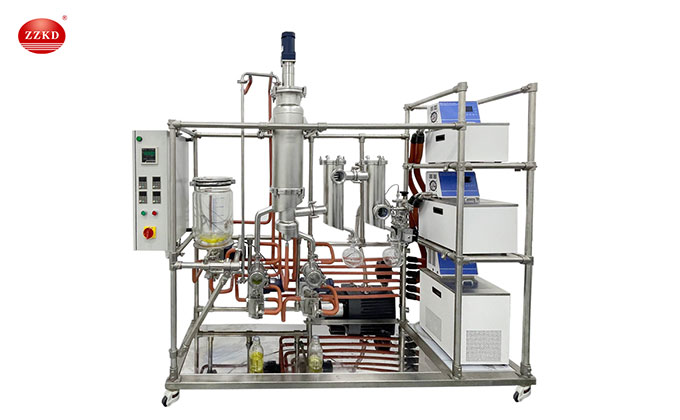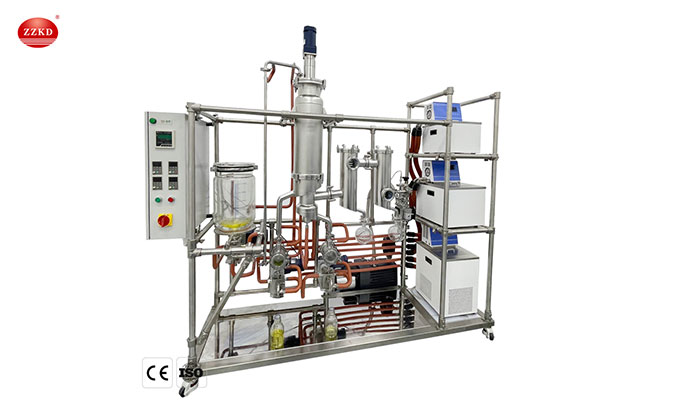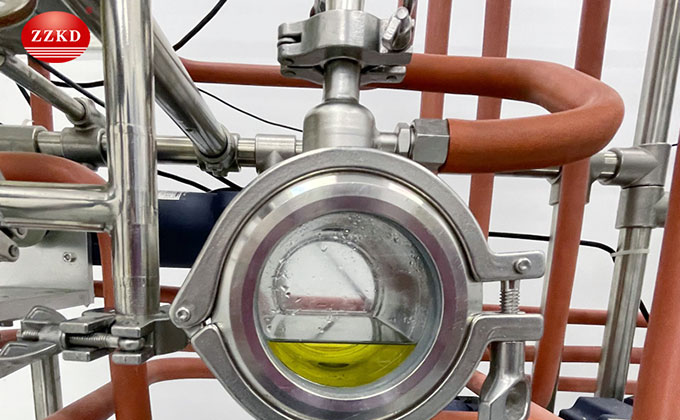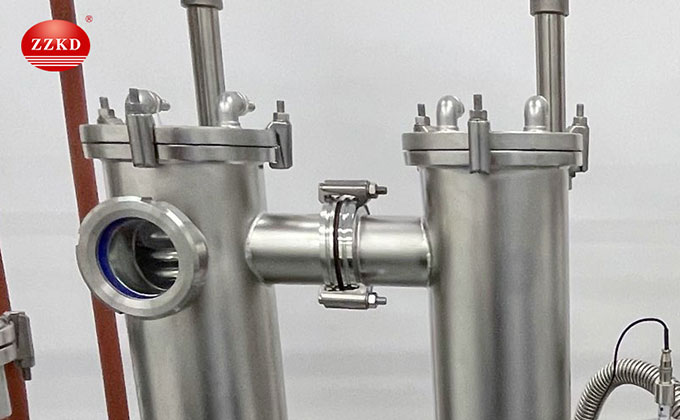Molecular distillation equipment, also known as wiped film evaporator, is a specialized type of distillation apparatus used for the separation and purification of high-value or heat-sensitive compounds based on differences in their boiling points at a molecular level. It is commonly employed in industries such as pharmaceuticals, petrochemicals, food, etc.
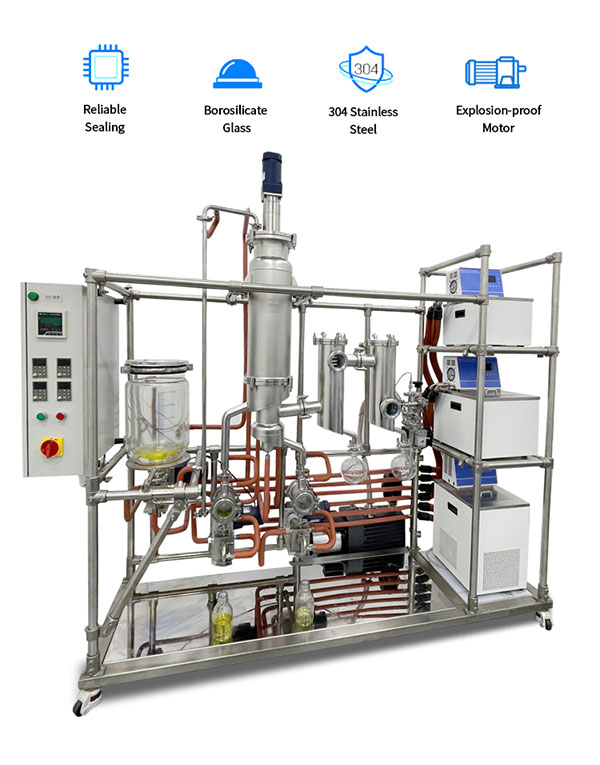
Features of molecular distillaton equipment
* Borosilicate Glass
* Reliable Sealing
* Explosion-proof Motor
* 304 Stainless Steel
* Jacket feed tank
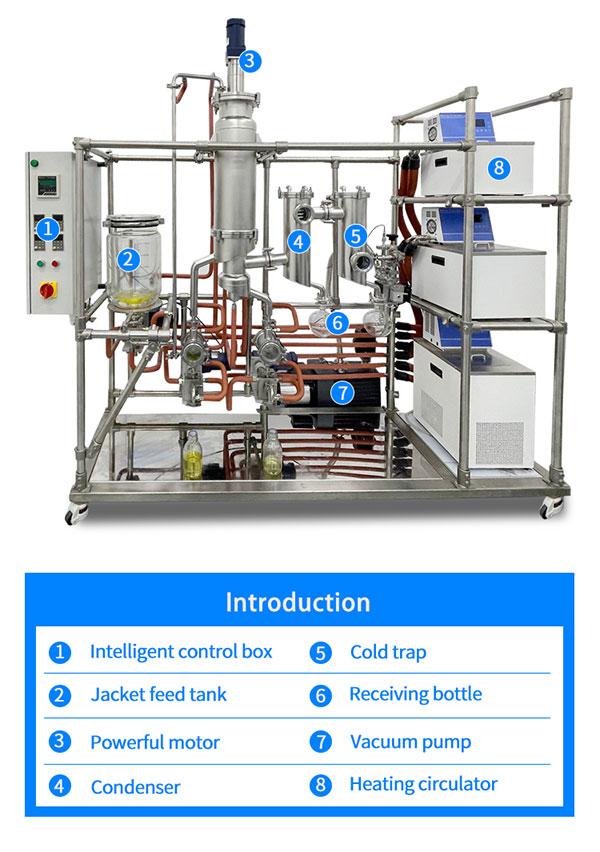
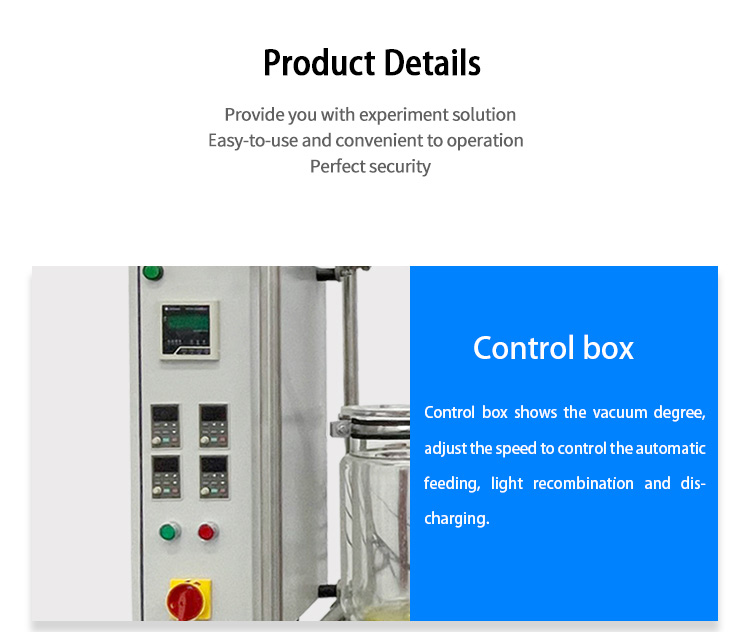
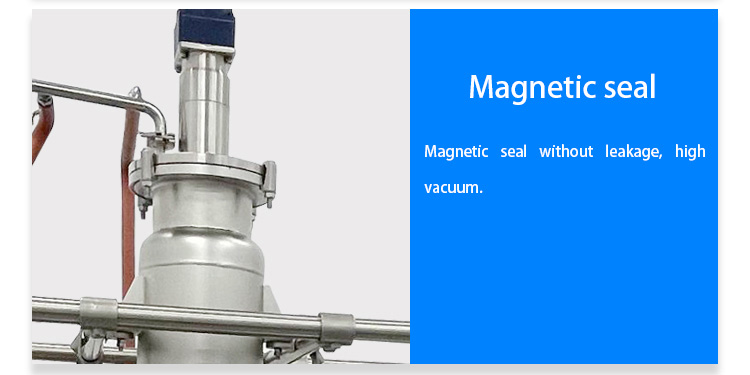
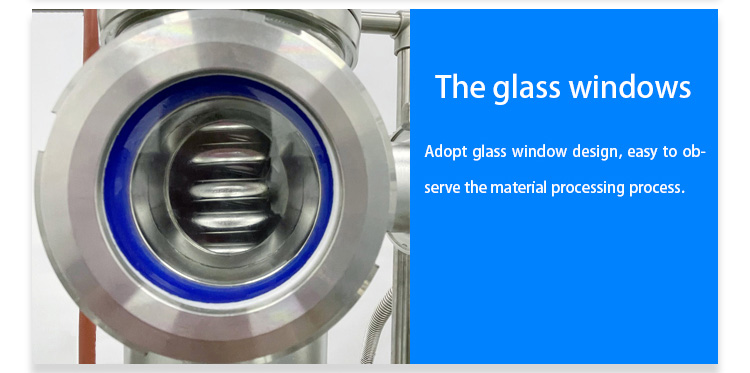
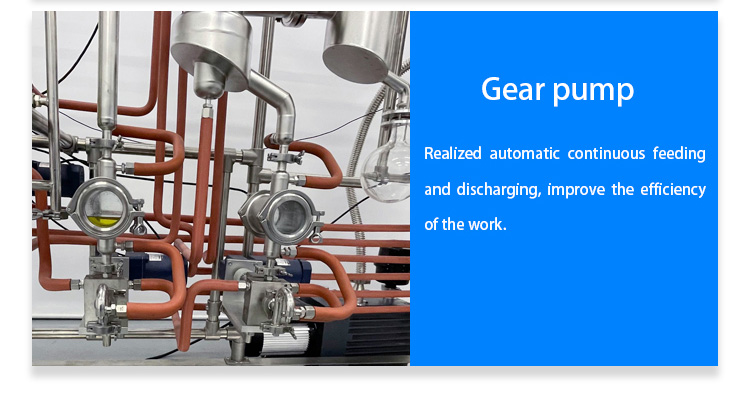
Application of molecular distillation equipment
* Pharmaceuticals
* Petrochemical Industry
* Food and Beverage Industry
* Environmental Applications
* Chemical Industry
* Aromatics and Essential Oils
* Laboratory and Research
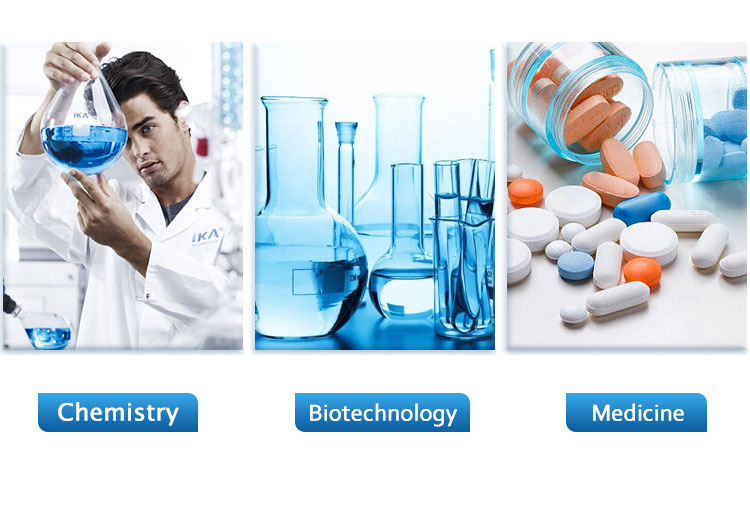
Warehouse in USA | Canada | Spain | Thailand
We have warehouses in the United States (Los Angeles), Canada (Vancouver), Spain (Valencia), Thailand (Bangkok), and have a large inventory,no matter which country you are in, you are guaranteed to receive the goods as quickly as possible.

Why choose us?
1)Molecular distillation equipment with agitator now in stock with fast delivery.
2) With 13 years of experience in R&D and production of rotary evaporators.
3) provide you with premium quality products and perfect after-sales service.
4) Premium quality with CE certification.
5) Factory direct sales with competitive price.
6) Provide one-stop Extraction Turnkey Solution.
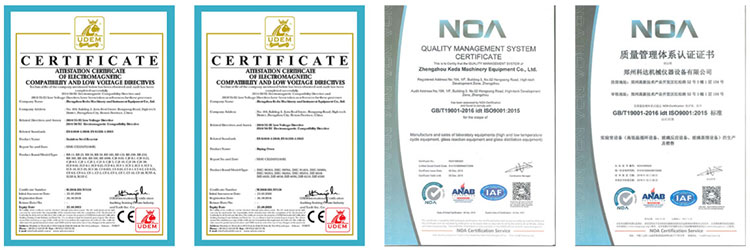


Parameter
Model | BM-60 | BM-80 | BM-100 | BM-150 | BM-200 | BM-230 |
Main evaporator diameter (mm) | 60 | 80 | 100 | 150 | 200 | 230 |
Effective evaporation area (m2) | 0.06 | 0.1 | 0.15 | 0.25 | 0.35 | 0.5 |
Feeding speed (kg / h) | 0.5-3 | 1-5 | 2-8 | 3-15 | 5-20 | 8-30 |
Feed tank volume (L) | 1 | 1 | 2 | 2 | 5 | 5 |
Maximum speed (R / min) | 450 | 450 | 450 | 450 | 300 | 300 |
Volume of collecting bottle (L) | 1 | 1 | 2 | 3 | 5 | 5 |
Motor power (W) | 90 | 120 | 120 | 120 | 200 | 200 |
Operating temperature (℃) | -90~220 | -90~220 | -90~220 | -90~220 | -90~220 | -90~220 |
Voltage (V/Hz) | 220/50 (The voltage can be customized) | 220/50 (The voltage can be customized) | 220/50 (The voltage can be customized) | 220/50 (The voltage can be customized) | 220/50 (The voltage can be customized) | 220/50 (The voltage can be customized) |
Model | BM-60 | BM-150 | BM-230 |
Main evaporator diameter (mm) | 60 | 150 | 230 |
Effective evaporation area (m2) | 0.06 | 0.25 | 0.5 |
Feeding speed (kg / h) | 0.5-3 | 3-15 | 8-30 |
Feed tank volume (L) | 1 | 2 | 5 |
Maximum speed (R / min) | 450 | 450 | 300 |
Volume of collecting bottle (L) | 1 | 3 | 5 |
Motor power (W) | 90 | 120 | 200 |
Operating temperature (℃) | -90~220 | -90~220 | -90~220 |
Voltage (V/Hz) | 220/50 (The voltage can be customized) | 220/50 (The voltage can be customized) | 220/50 (The voltage can be customized) |

